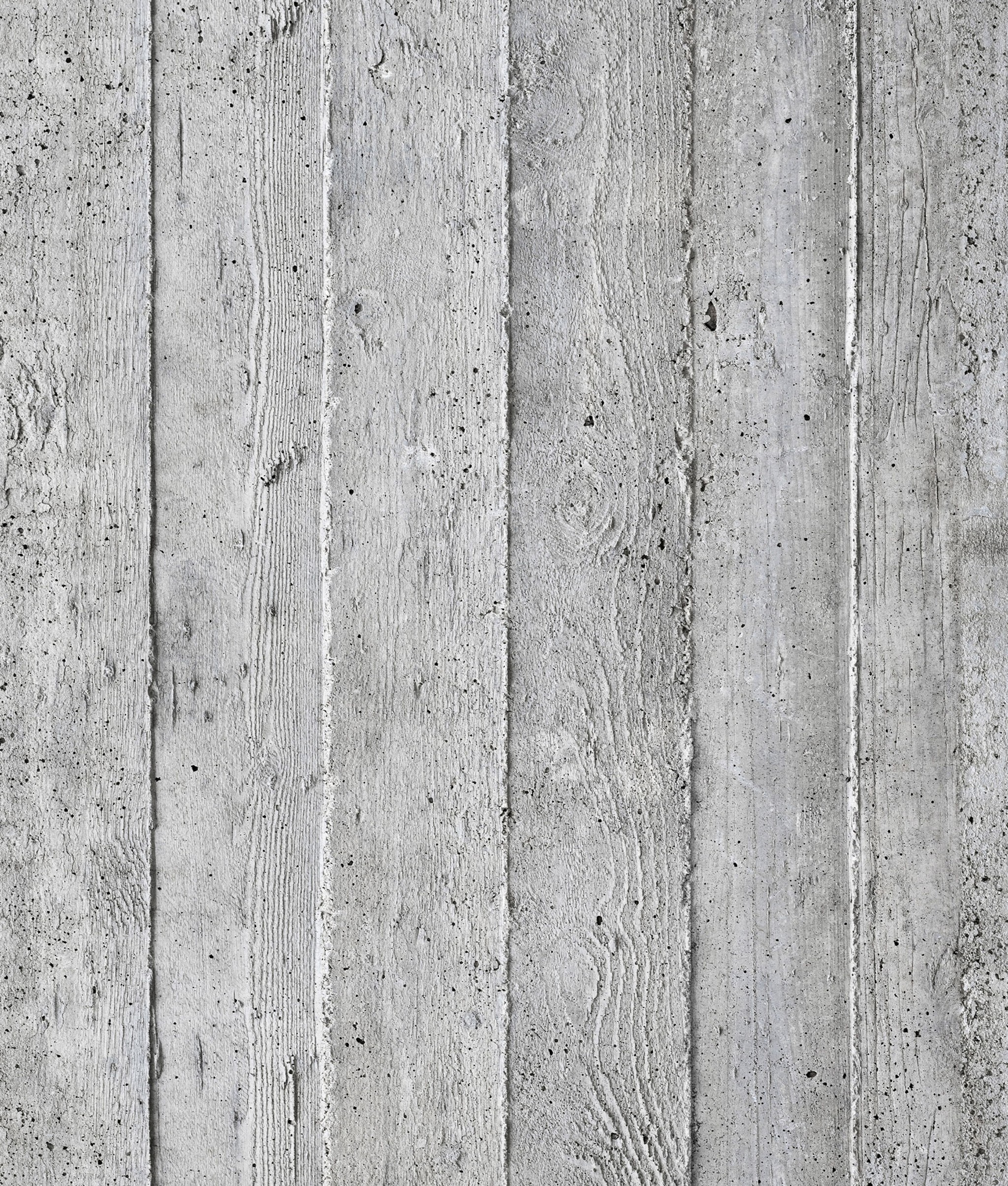New York Native Trees
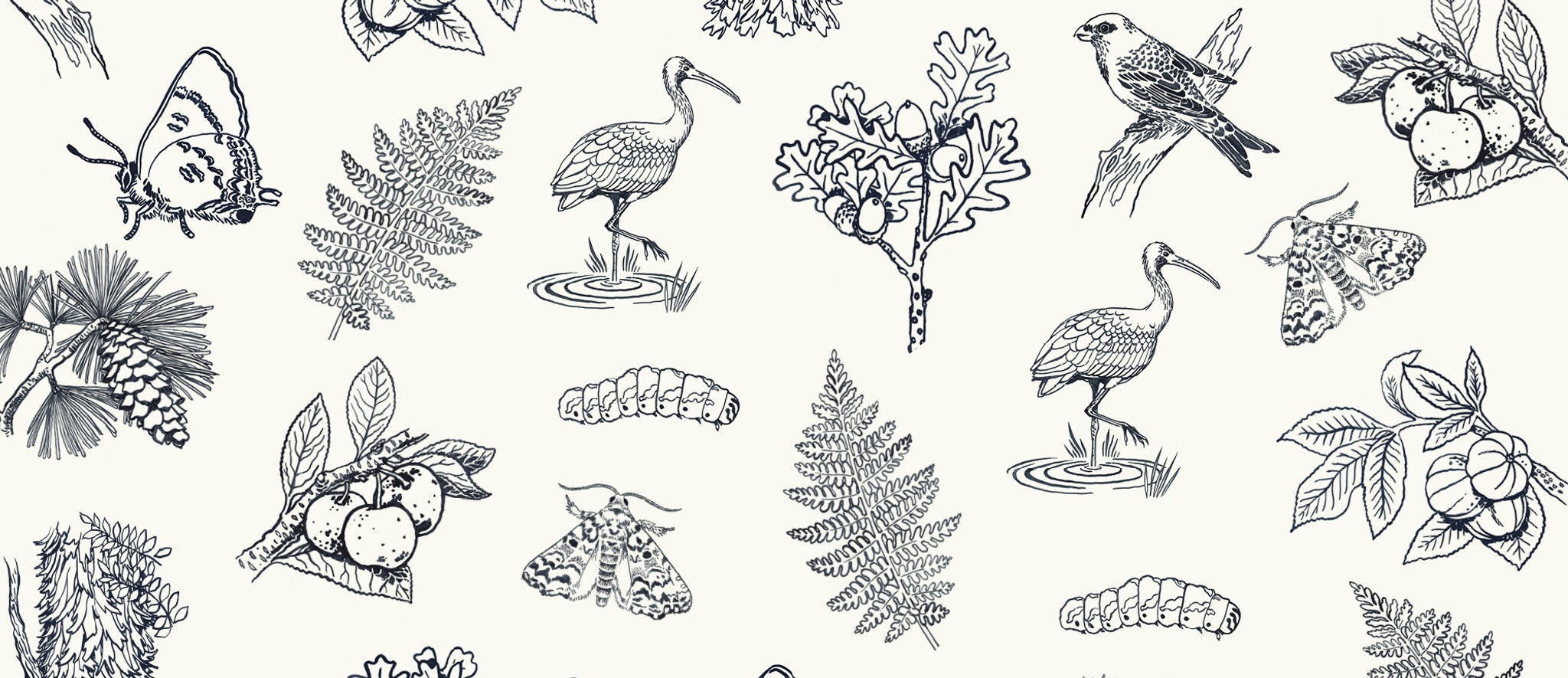
Discover the native New York species we are planting in Manhattan Healing forest to boost local ecosystem.
With its diverse array of flora and fauna, Manhattan Healing Forest serves as a miniature lung for Manhattan, providing habitat for migratory birds, butterflies, and a variety of urban wildlife. From the bustling activity of squirrels to the majestic presence of peregrine falcons and red-tailed hawks, the forest teems with life and vitality. The forest acts as an antidote to modern life for humans and wildlife alike.

Beach Plum
sipuwasimënshi (Prunus maritima)
A staple summertime food rich in antioxidants and containing antibacterial properties, Beach Plum has many health benefits. Considered endangered in several states, the beach plum also provides shelter and habitat for the Glossy ibis.
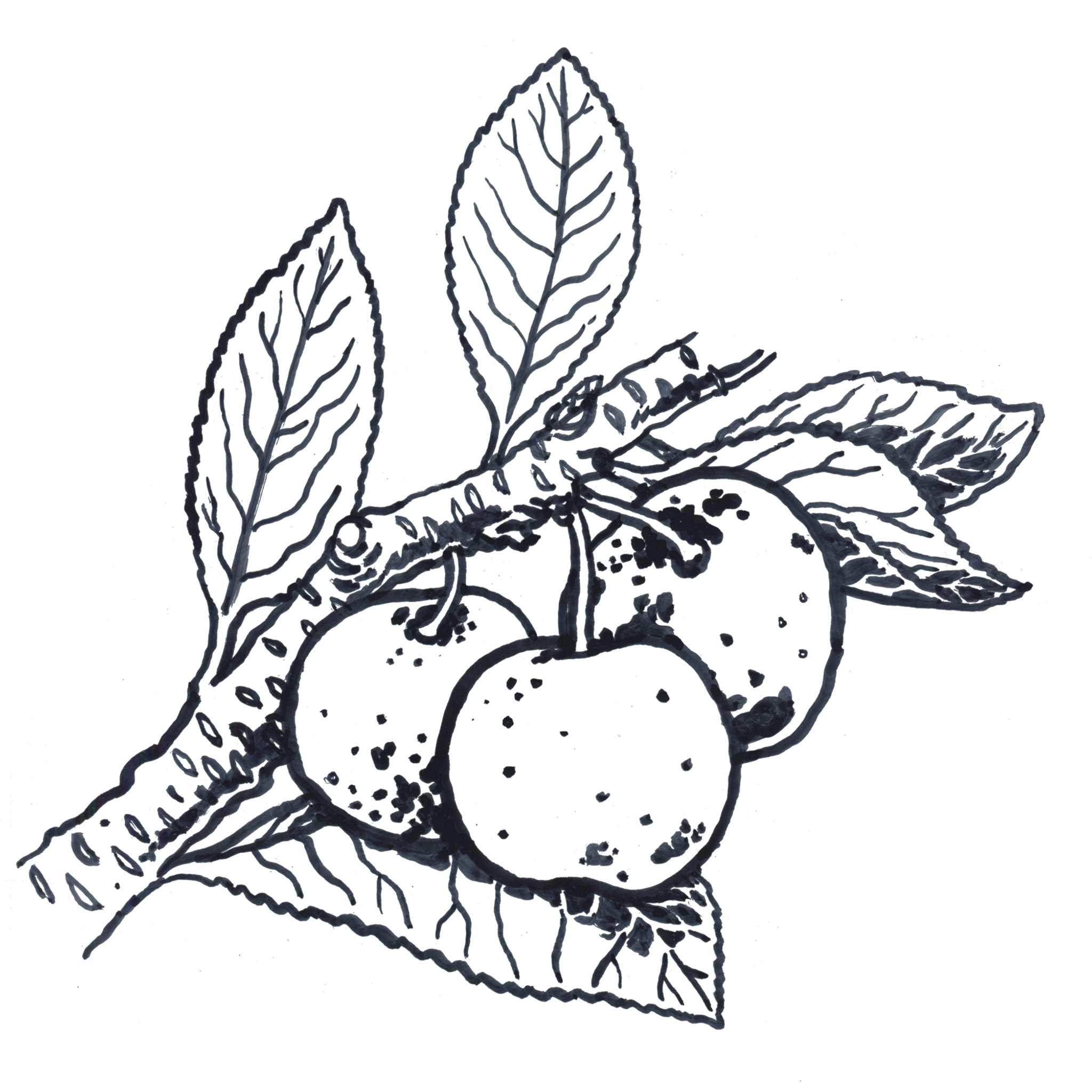
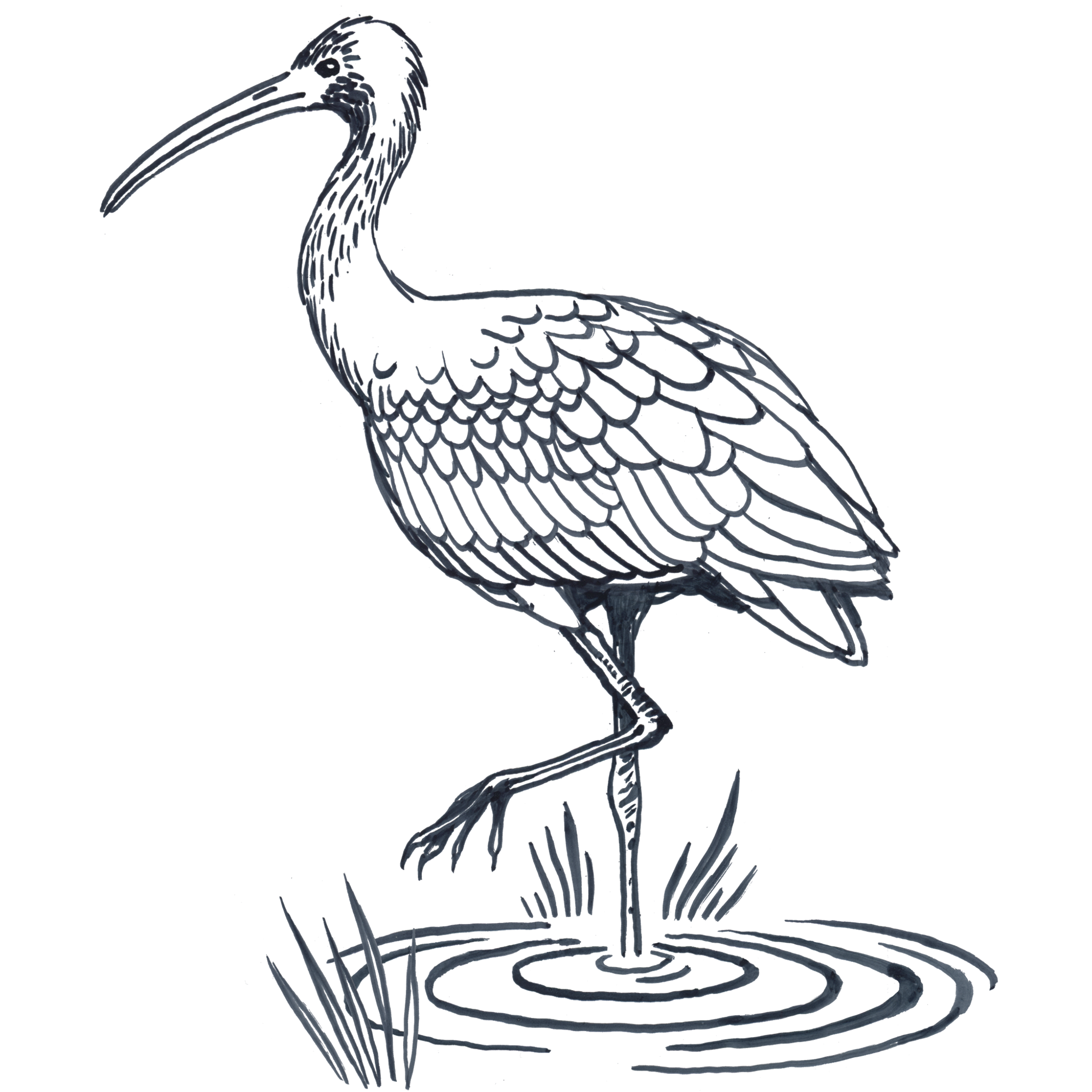
Eastern White Pine
kuwe (Pinus strobus)
Known as the tree of great peace, a uniter of tribes, and force of light and endurance, the White Pine is also revered as the giant of the eastern forests, capable of reaching up to 200 feet. Their branches and needles serve as nesting and roosting spots, while large cones provide seeds for nearly 40 species of birds.
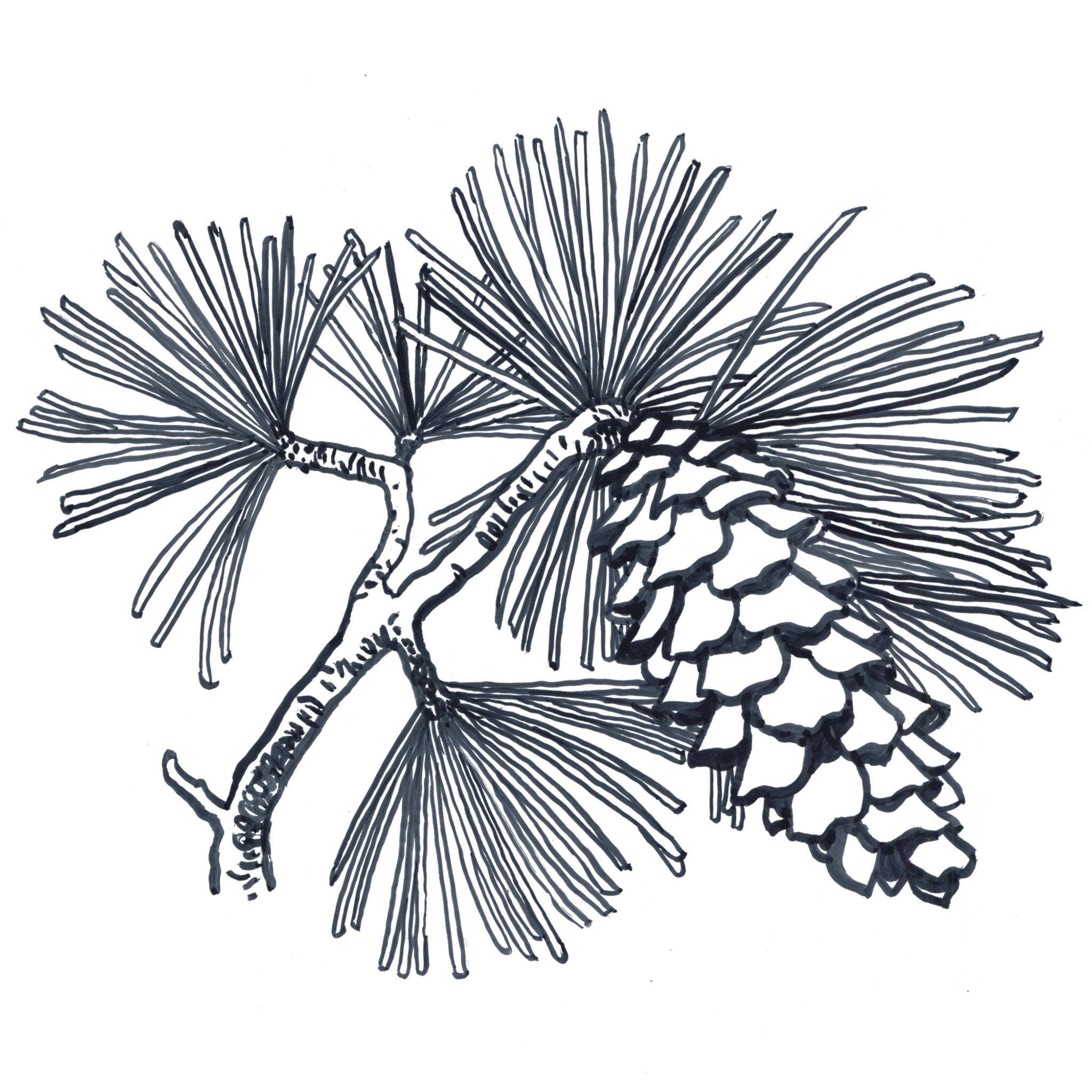
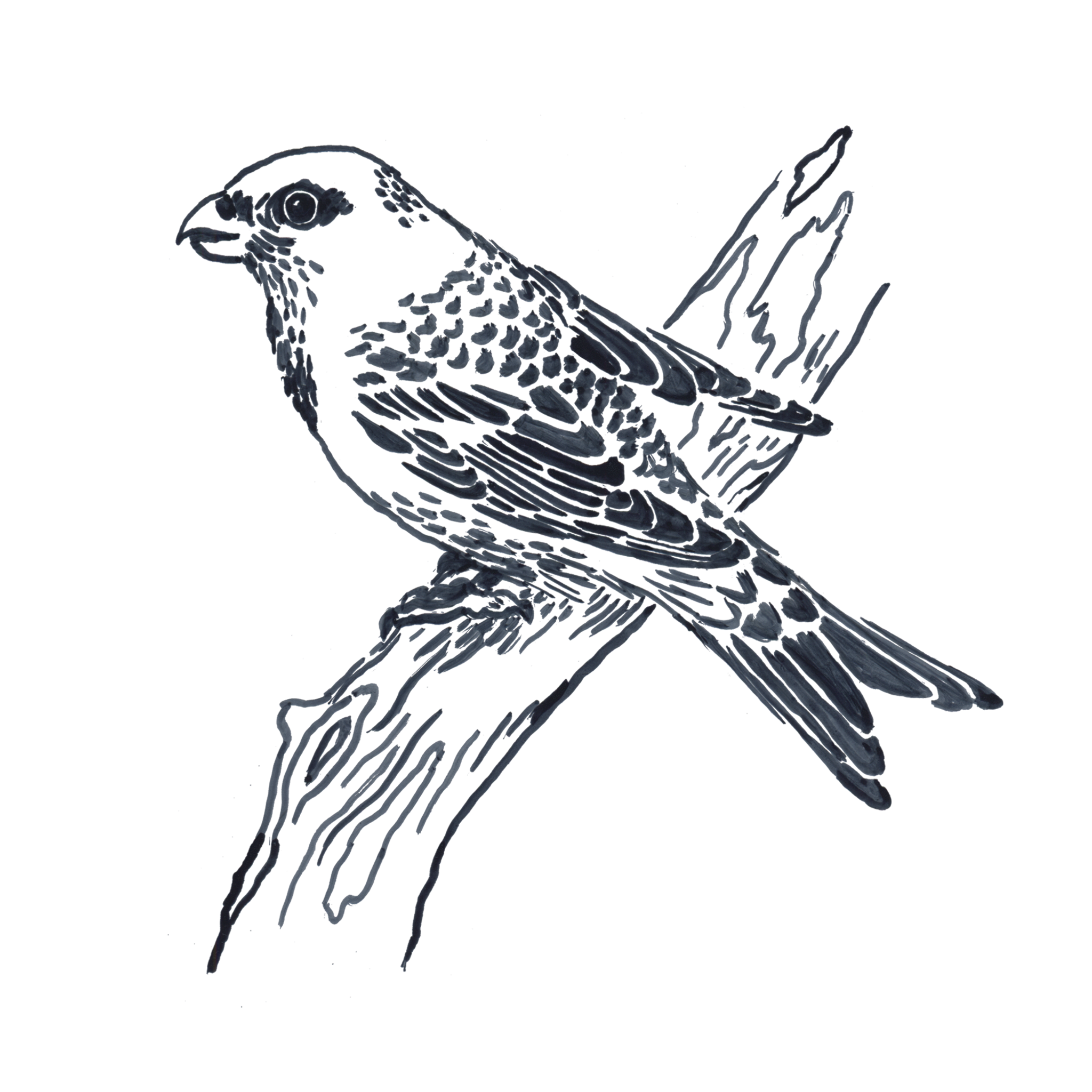
New York Fern
ahshikëmënshia (Thelypteris noveboracensis)
Ferns are important for forest ecosystems, serving as microhabitats, which provide perfect cover for toads and vital food source for moths and caterpillars like the Pink-shaded Fern Moth. Deciduous ferns like the New York Fern help stabilize soil in the winter until the fronds return in the spring.
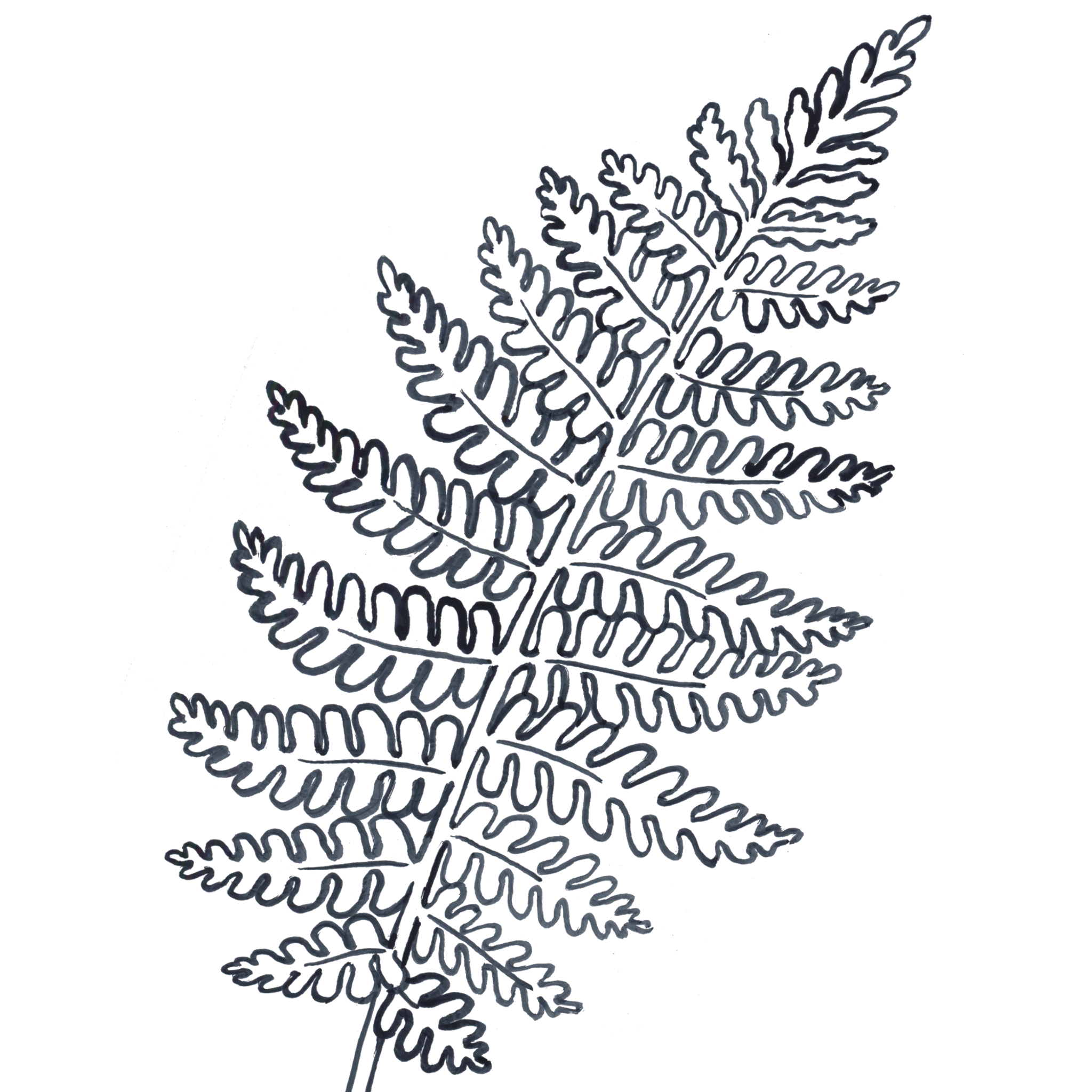
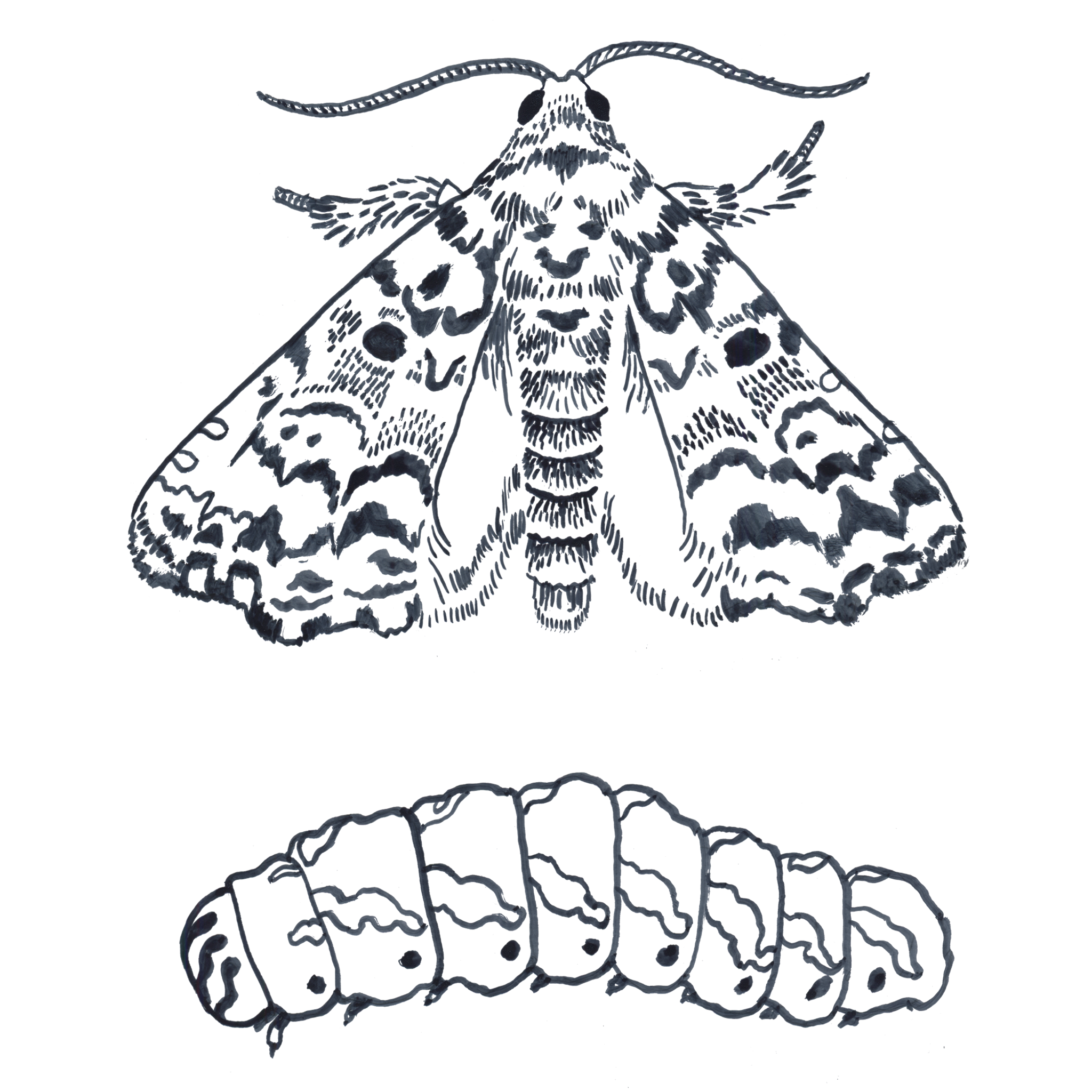
White Oak
ònàxkwimënshi (Quercus alba)
A sacred protector tree, the White Oak is revered for its food and medicine by the Lenape and many other tribal communities. White oak acorns provide sustenance for over 100 species of birds and mammals, as well as numerous butterflies and caterpillars. Some ònàxkwimënshi have been known to live to 600 years.
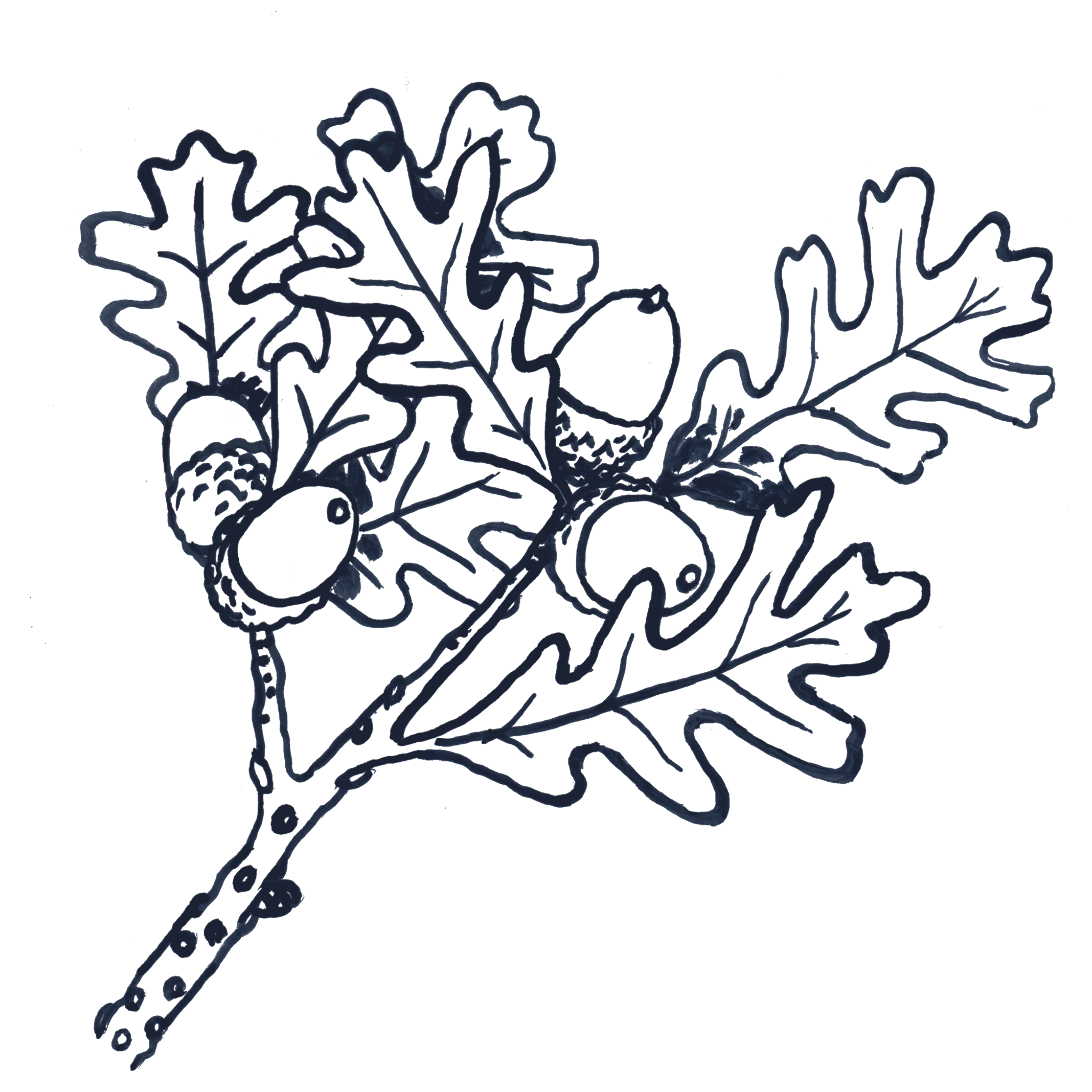
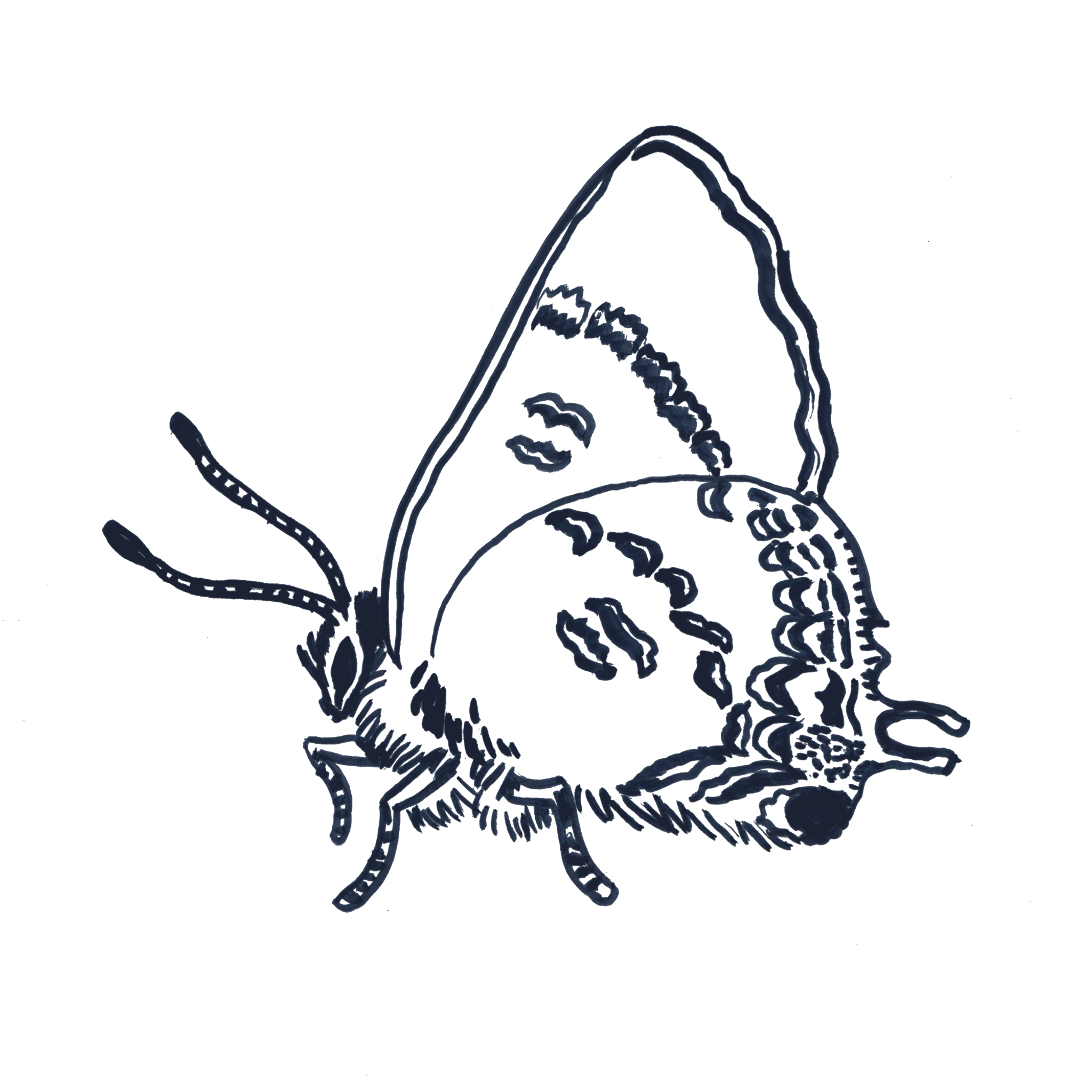
Shagbark Hickory
shimënshi (Carya ovata)
This large deciduous tree offers ample shade and sweet edible nuts that can be enjoyed by both humans and wildlife. Shagbark hickory also attracts butterflies and moths, such as the Banded Hairstreak butterflies and Luna moth.
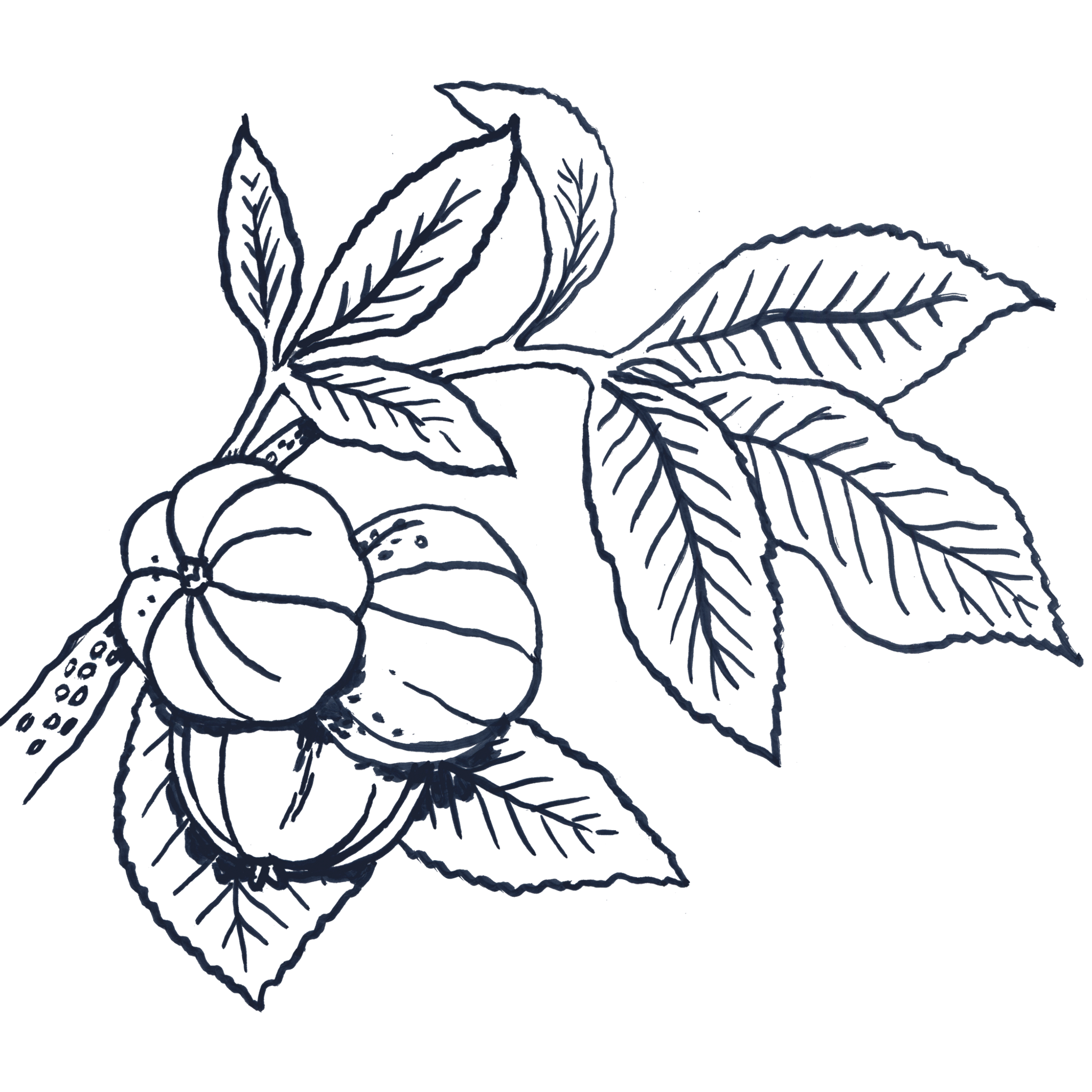
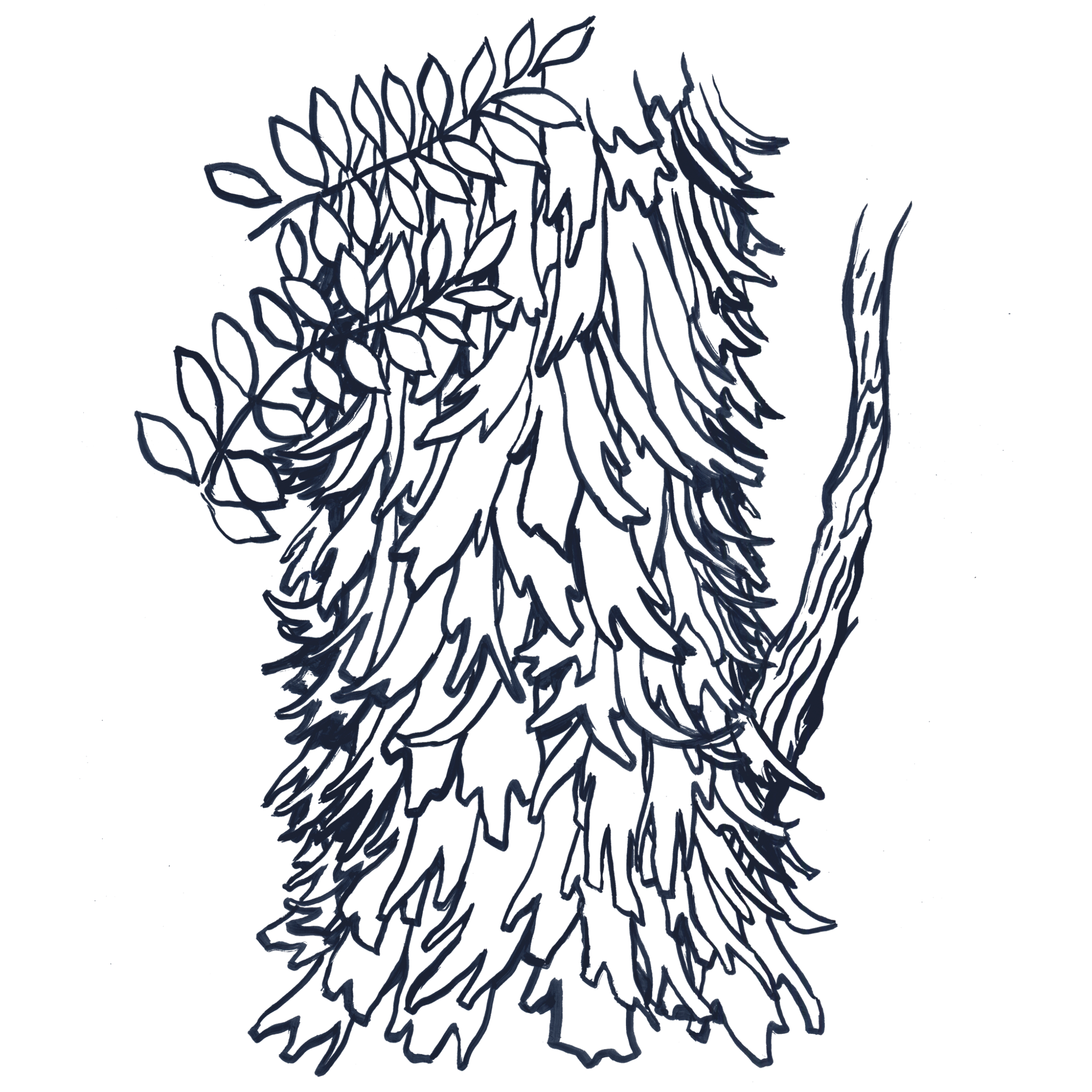
Wild Black Cherry
mwimënshi (Prunus serotina)
In the world of flora, the adaptive Wild Black Cherry is known as the silent architect of biodiversity, providing shelter and sustenance to many wildlife. Humans benefit from the bark, which is used to make cough medicine and has long been used as a natural medicine for colds and pneumonia.



